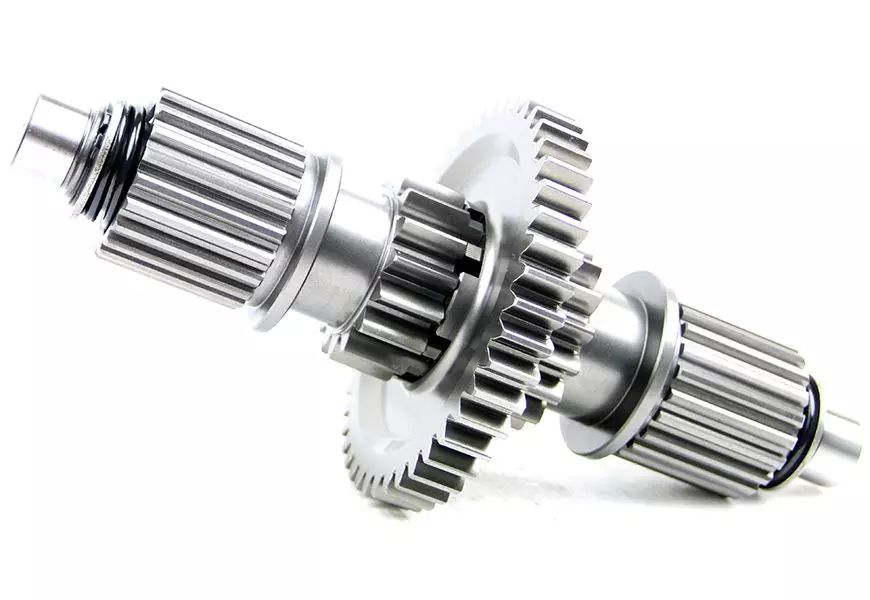
Definition of Harvester Gears
Harvester gears are mechanical gear systems that transmit power to different moving parts of harvester machines that perform operations such as mowing, threshing and grain separation. They are designed according to the principles of high durability, heavy load carrying capacity and long-lasting operation to increase productivity in agriculture.
Functions of Harvester Gears
✔ Strengthening the Cutting and Mowing System - Provides the movement of the blades and drums.
✔ Threshing and Sieving Mechanism - Separates the products as grain and stalk.
✔ Transferring Drive and Wheel Power - Transmits power to the drive system that provides the movement of the combine harvester.
✔ Product Transportation with Augers and Belts - Ensures that the harvested products are guided within the machine.
Harvester Gear Types
- Spur Gears → Used in cutter drums and sieve systems.
- Helical Gears → Provides silent and powerful drive, found in conveyor mechanisms.
- Bevel Gears → Used to change the direction of rotation, especially in transmission systems.
- Chain and Gear Mechanisms → Common in drive and feeding systems.
Uses of Harvester Gears
Cutting Mechanism - Gives movement to the blades.
Threshing and Grain Separation System - Processes products efficiently.
Drive and Walking System - Provides the movement of the combine harvester.
Product Unloading and Storage Mechanisms - Directs the storage or unloading of grain.
